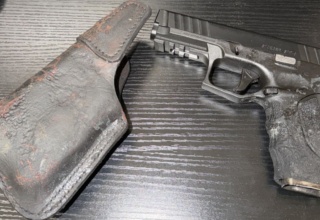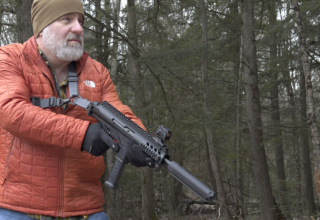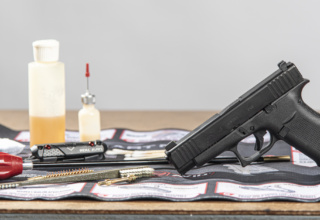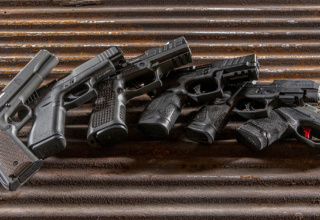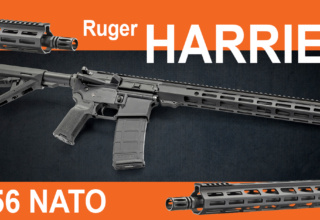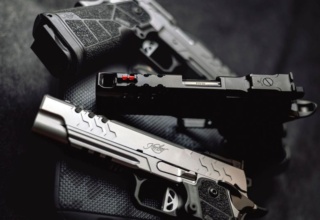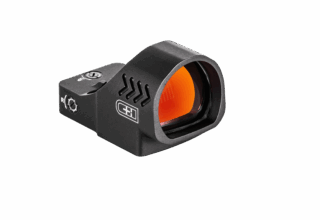The intuitive approach doesn’t always deliver satisfactory results when choosing a CCW platform. If you are looking to carry concealed, here are some things to consider.
by Robb Manning
When shopping for a concealed carry gun, new shooters tend to want the smallest gun they can find. The advice they receive from others often reinforces this. The focus tends to be on the “concealed” part of carry, often neglecting the self-defense part, which is about drawing the handgun and delivering accurate shots to halt an attack.
New shooters aren’t the only ones I’ve seen fall into this trap. I know gun people who have been carrying for a long time who have a tiny micro-compact on their hip.
Everyone wants small, small, small. But small isn’t always better. In fact, it is often not the best choice.
Shootability vs. Concealability
Concealed carry comes down to shootability versus concealability. Larger handguns offer better shootability. They are easier to shoot, thus easier to make quick, accurate shots. To clarify, by “larger,” I’m talking about full-size or compact-size handguns, not some gargantuan revolver like what granny pulls out of her purse in a Hollywood movie. (For reference, a full-size 9mm handgun is the GLOCK G17 or SIG M17; compact size is the GLOCK G19 or SIG M18; sub-compact is the GLOCK G26; micro-compact is the SIG P365 or GLOCK G43. For a smaller caliber like the .380 ACP, micro-compact would be the Ruger LCP or GLOCK G42).
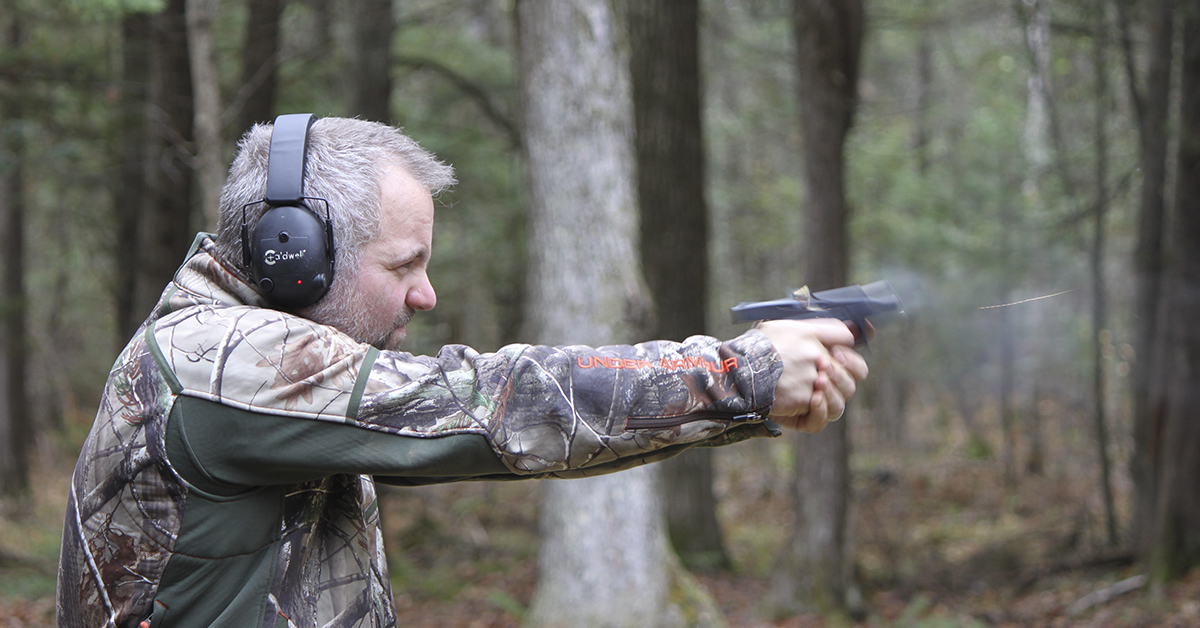
The one thing that smaller guns have going for them is that they are easier to conceal, because…drum roll…they are smaller. But the question then becomes, is the trade-off worth it to have a smaller gun? Because there is always a trade-off. You can’t have both. There’s no “large and easy to conceal” nor “tiny and easy to shoot.” As one of my favorite gun writers, Patrick Sweeney, likes to say, “There’s no such thing as a free lunch.”
When I first started to carry, I went small. I was very self-conscious and felt like everyone could see that I was carrying (they can’t) regardless of how small the gun was. I didn’t know much about CCW at the time because I hadn’t done it before. In the Marine Corps infantry, my T.O. weapons were a M249 SAW, which is a belt-fed machine gun, and a Beretta M9. We didn’t conceal carry. The M9 was secured to my flak jacket on my chest and the M249 is not exactly what one would call a concealment weapon. In fact, the infantry doesn’t want to conceal; it wants to exude power so as to not be messed with. Concealing a gun wasn’t in my wheelhouse. So, when I became a civilian and got my concealed carry permit, I figured smaller was easier to conceal and thus better. Therefore, I carried a little 7-shot micro 9mm (and rarely with a spare mag).
All was well and good until I was on a family vacation to Yellowstone. My youngest two were napping in the RV and my wife stayed with them. I took my 8-year-old to a road-side platform to look at a bear that was a fairly good distance off. So, I’m standing there with my 8-year-old son and a group of about 12 other people, watching this bear off in the distance. It was meandering around, slowly getting closer. I’m fascinated and taken in, watching the beast, and soon realize he’s moved closer than I care for him to be, especially with my kid in tow. I’ve seen how fast bears can move, and suddenly the platform that was about 5 feet off the ground didn’t seem that safe.
I didn’t expect him to continue getting closer. Normally bears don’t walk up this close to people, but he did. Everyone else was oblivious to the fact that this was a wild animal, but I’m putting myself between my kid and the bear and drawing a mental line in the sand as to how close I’m going to let the bear get before I draw my gun. I was thinking I would give him only three more steps, that’s how close he was.
Fortunately, the bear stopped, sat down for a while, then turned and left. But it left me thinking, “Would seven rounds be enough to stop a bear?” In my mind, no, it wouldn’t. So, I started a quest to find the gun with the most capacity in the smallest package.
Carry Evolution
Not long after that incident, I started to write a book about GLOCK handguns (GLOCK Reference Guide, Gun Digest), and during that time, I discovered the sub-compact G26. It’s only a little thicker than the gun I’d been carrying but with a 10-round mag and the option of using the 17-round full-size G17 mag. The G26 would remain my primary carry gun until I went to a training course put on by Dave Spaulding.
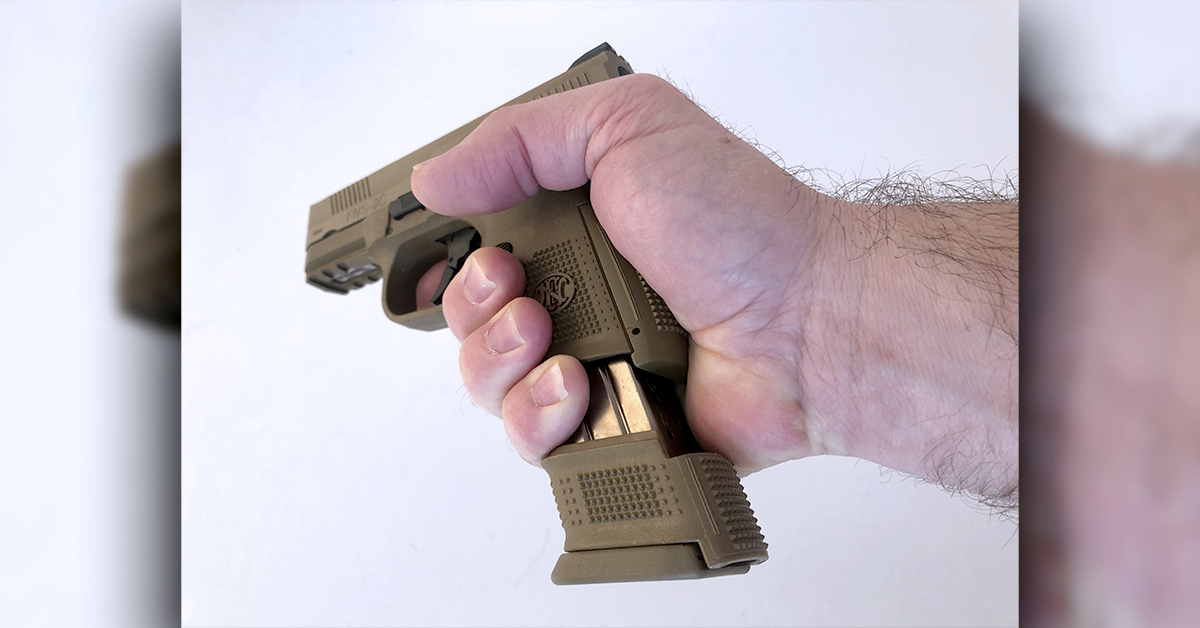
I learned enough in those two training days to write a dozen articles, but I’ll stick to the ones relevant here. One important takeaway concerned mag reloads — something I realized I didn’t focus on enough at that time. Dave said you want a handgun with a grip that you can fit your whole hand on, with none of your palm extending past the base of the magazine well. The problem is that with a fast reload, if your palm extends past the magazine well, then the meat of your hand can get pinched between it and the magazine floorplate, hindering the reload because the mag isn’t properly seated.
Another thing he pointed out concerned drawing the handgun from your holster as quickly as possible. As soon as the hand touches the gun, it’s important to establish a good grip…every time. You don’t want to grab the gun, draw it, then fumble around trying to establish the good grip. It takes training, but your hand should go directly to a good, high, tight grip. It’s hard to reliably establish this grip with a small handgun.
The ability to control the handgun during the firing process is also key. Having a full hand grip is going to allow better control of the gun during recoil, which means you will get the sights back on target for faster follow-up shots. If you can only fit two to three fingers on the grip of a micro-9, you won’t be able to control it as well as you should. To demonstrate, visualize holding a hammer and pounding in a nail. Now visualize holding that same hammer using your thumb and only two fingers. You’ll see the difference. Not having a full hand grip on your handgun is going to exacerbate muzzle-flip.
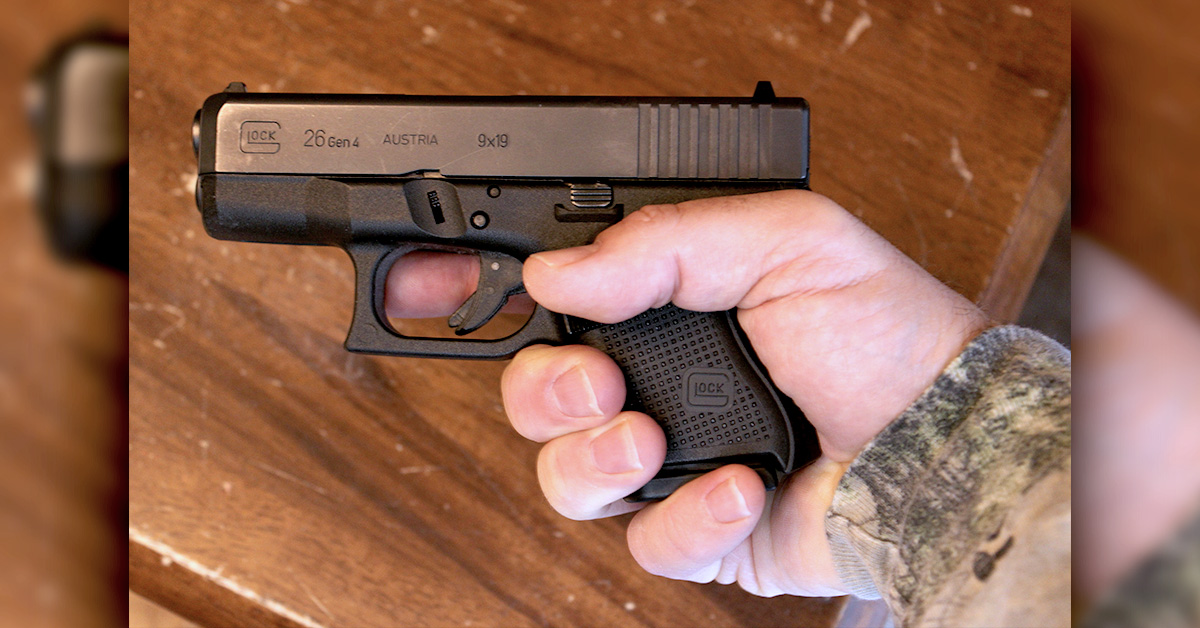
Given this information, larger handguns are better than smaller handguns in almost every category except for the “concealment” part. The trick is to balance the benefits of shootability found in a large handgun with the concealment benefits of a smaller handgun. The answer is somewhere in between, and the trick is to find where that balance is for you.
Finding a Balance
The balance point is different for everyone, and it’s determined by many factors. Hand size is a big factor. Small hands can have a hard time getting around the grip of a full-size handgun, and large hands can have a hard time gripping a micro-compact. Experience level can play a role as well. Someone who has been shooting handguns for a while is probably more accustomed to recoil and muzzle blast and knows how to control them.
An individual’s carry situation also factors in. For those who carry IWB (inside the waistband), a larger handgun can be concealed since it’s tighter to your body. But it’s also less comfortable. I carry all day, 14 hours, so I choose to carry OWB (outside the waistband) because it’s far more comfortable.
The balance point is also affected by the clothing that we wear. Those who dress for concealment can carry a larger handgun while those who don’t will likely need to go smaller. Dressing for concealment starts with a solid gun belt and good holster. The right shirt is also essential so that the gun doesn’t “print.” Fabrics that are a little thicker help to prevent printing by smoothing over the outline of the handgun. Plaids, stripes, Hawaiian, and other random patterns further help break up the outline. Several gun accessory companies make shirts specific to civilian concealed carry.
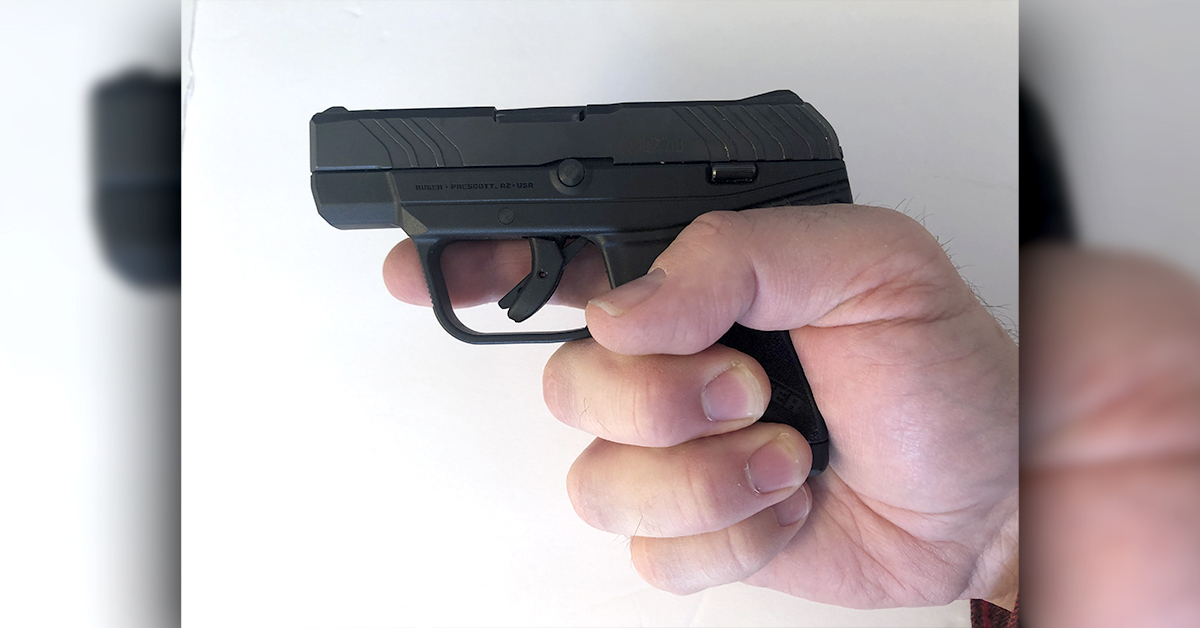
For me, in most circumstances, a good balance is the compact size handgun, such as the G19. It’s large enough for me to get my full hand on the grip with enough space that the magazine well extends past my palm for a flawless mag reload. It’s also quite shootable; however, it’s small enough that I can properly conceal it with most of my shirts.
To conceal my G19, I typically wear flannel plaid shirts during the winter, which is perfect since I live in the north country. I will sometimes wear a hoodie, but it’s important to make sure it is long enough to cover the muzzle when I’m carrying OWB. During the summer, I wear button-up plaid short-sleeve shirts. I don’t usually wear a lot of T-shirts because it is more difficult to conceal a compact-sized handgun, but if I do have on a T-shirt, I’ll usually wear a cover-shirt over it to aid in concealment. If I want to wear just a T-shirt without a cover-shirt, it’s one of the rare instances where I’ll step down to a micro-compact and carry IWB.
The Most Important Factor
We’ve discussed all these external factors when choosing the right carry gun for you — hand size, carry situation, clothes, et cetera. The most important factor, though, is if you’re comfortable shooting it. Because you should be shooting it a lot. It’s not just about managing to squeeze off a couple of rounds in self-defense. If you’re going to be carrying a handgun for self-defense, you owe it to everyone around you to put in the time at the range to learn to shoot it and shoot it accurately. If you have to grimace in anticipation of the round going off, it’s too much gun for you. If you’re afraid to shoot it, you’re not going to be able to shoot it accurately. Even if you did manage to put in the practice time, if you’re afraid of it, you’re possibly going to flinch.
Again, it comes down to larger handguns are easier to shoot — and thus more comfortable — than smaller ones. Of course, there are exceptions.
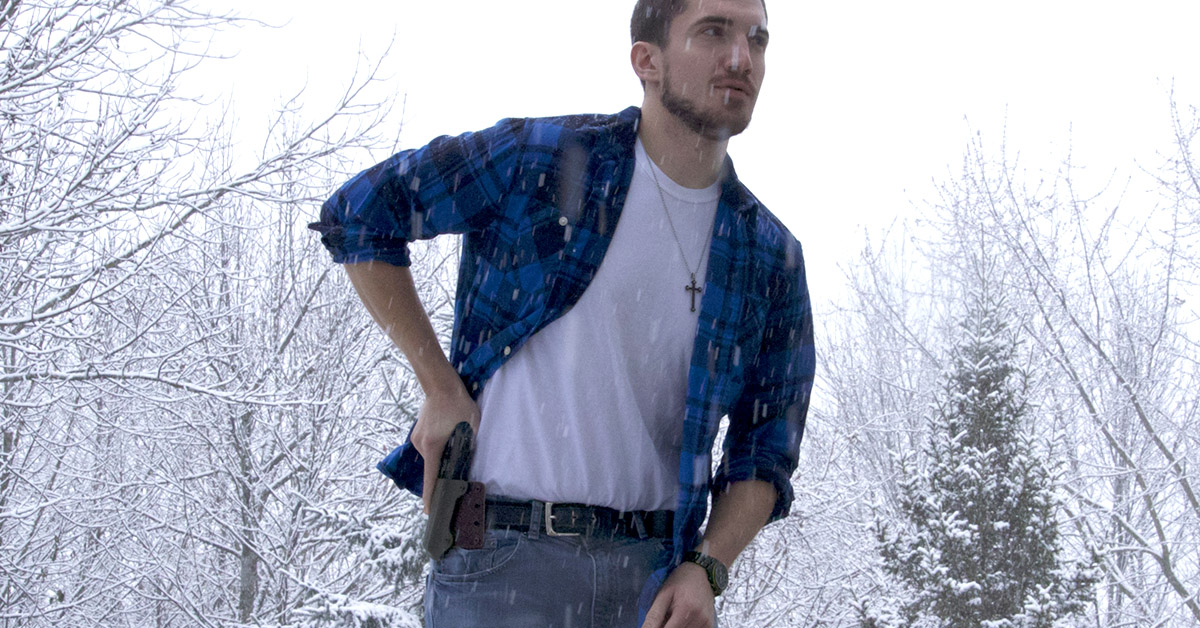
I’ve fired some small handguns that were very shootable, and some larger ones that aren’t. I once shot a handgun that wasn’t small, but the frame was narrow, and cut into the web of my hand when I shot it, and it just wasn’t comfortable for me. This is why it’s important to shoot a gun before you buy it.
Recommendations
I occasionally get asked which gun I recommend someone should buy for concealed carry. The first thing I tell them is that the right carry firearm is different for everyone. While I can recommend some options to look at, I can no more tell them which specific gun to buy than I can which brand of shoes they should wear or which car they should buy. The best thing to do is to go to a gun range that rents guns or find a friend or family member with a lot of guns that will let you shoot them (the guns, not the family member) and shoot as many different guns as you can.
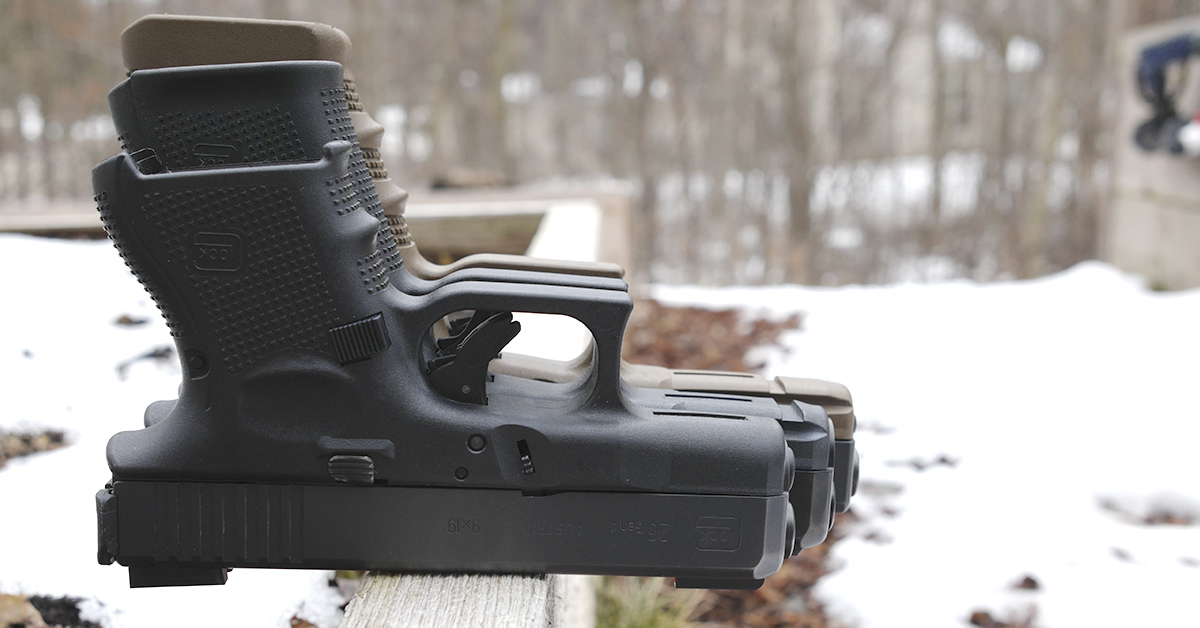
My advice for finding the right handgun for concealed carry: find the largest handgun that you can conceal, not the smallest handgun that you can shoot.
Once you find the right concealed carry handgun, get some training. The fanciest gun in the world won’t do you any good if you aren’t trained in how to use it. So, get trained. And mounting slick doodads on your gun doesn’t negate training, either.
- TESTED: Beretta PMXs 9mm Pistol - July 26, 2024
- The Correct Way to Clean a GLOCK - January 15, 2024
- Concealed Carry Guns: How Important is Ergonomics? - December 11, 2023




